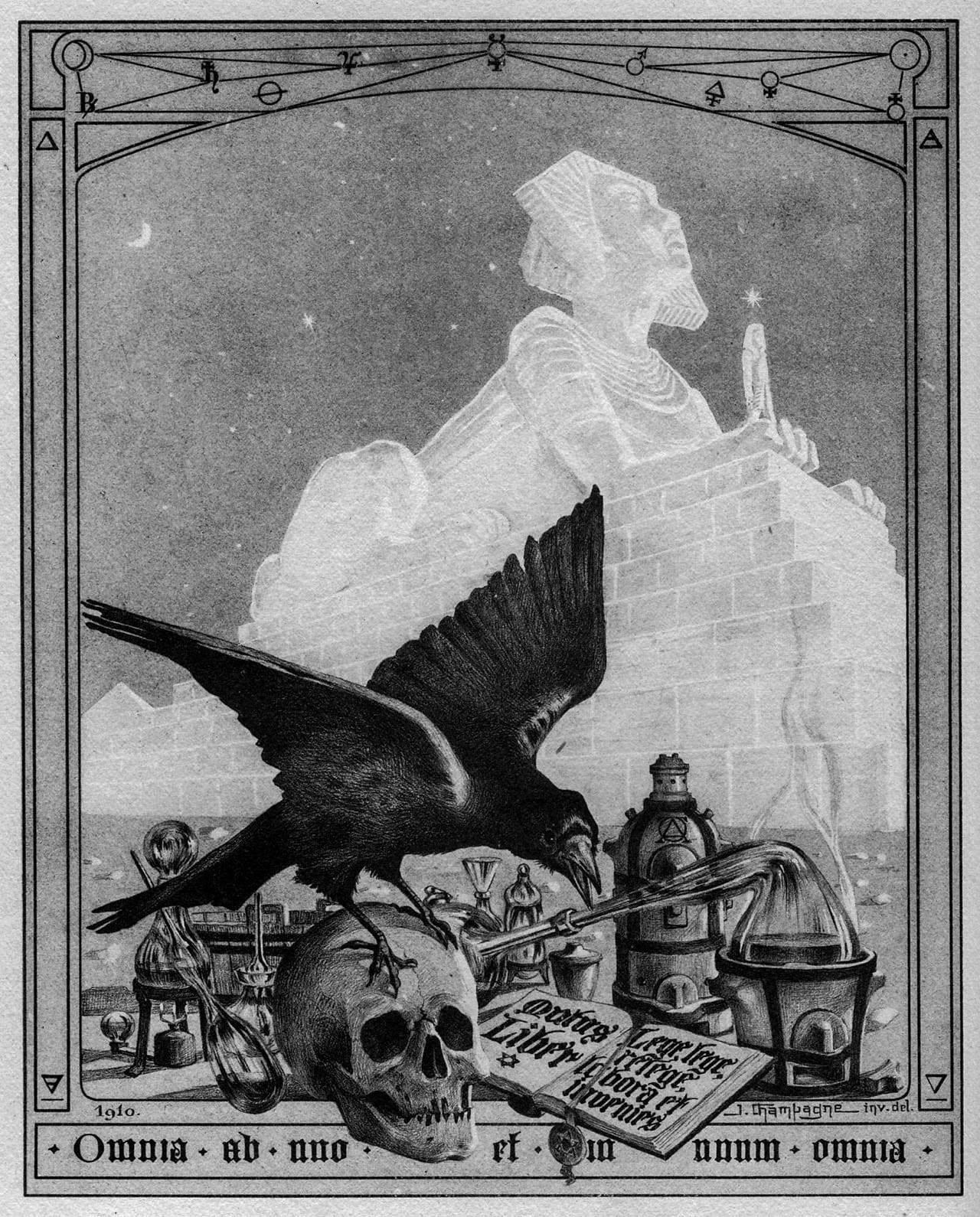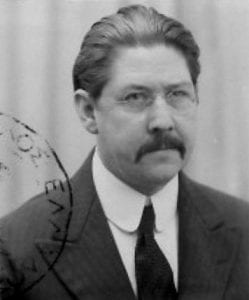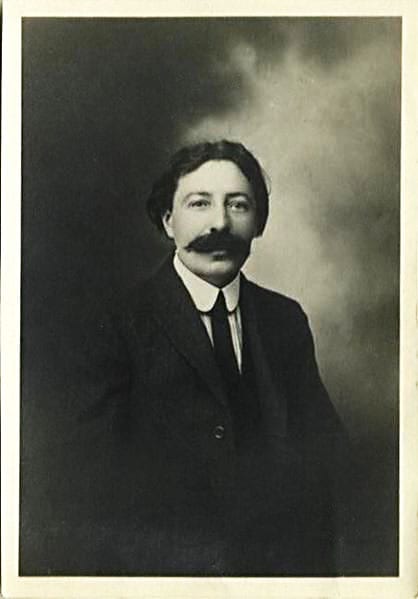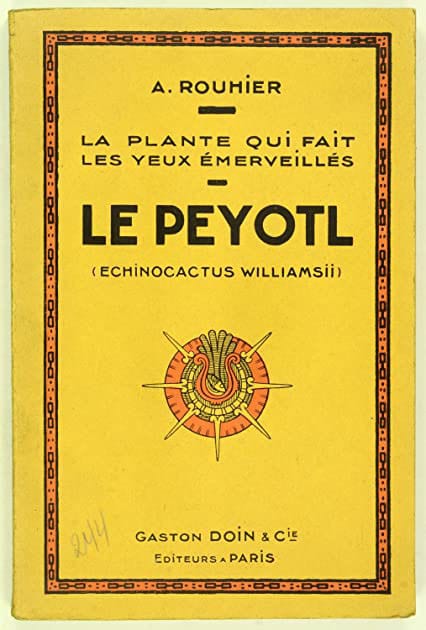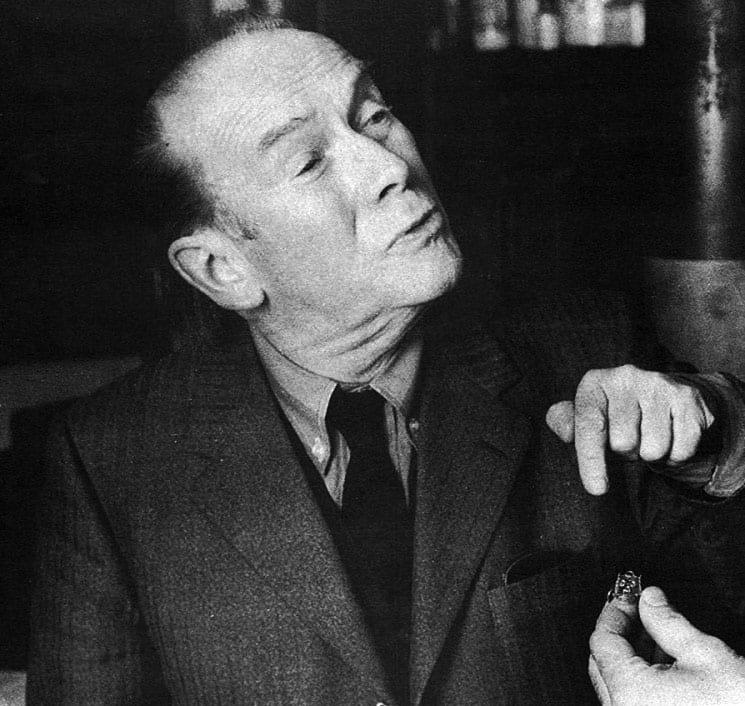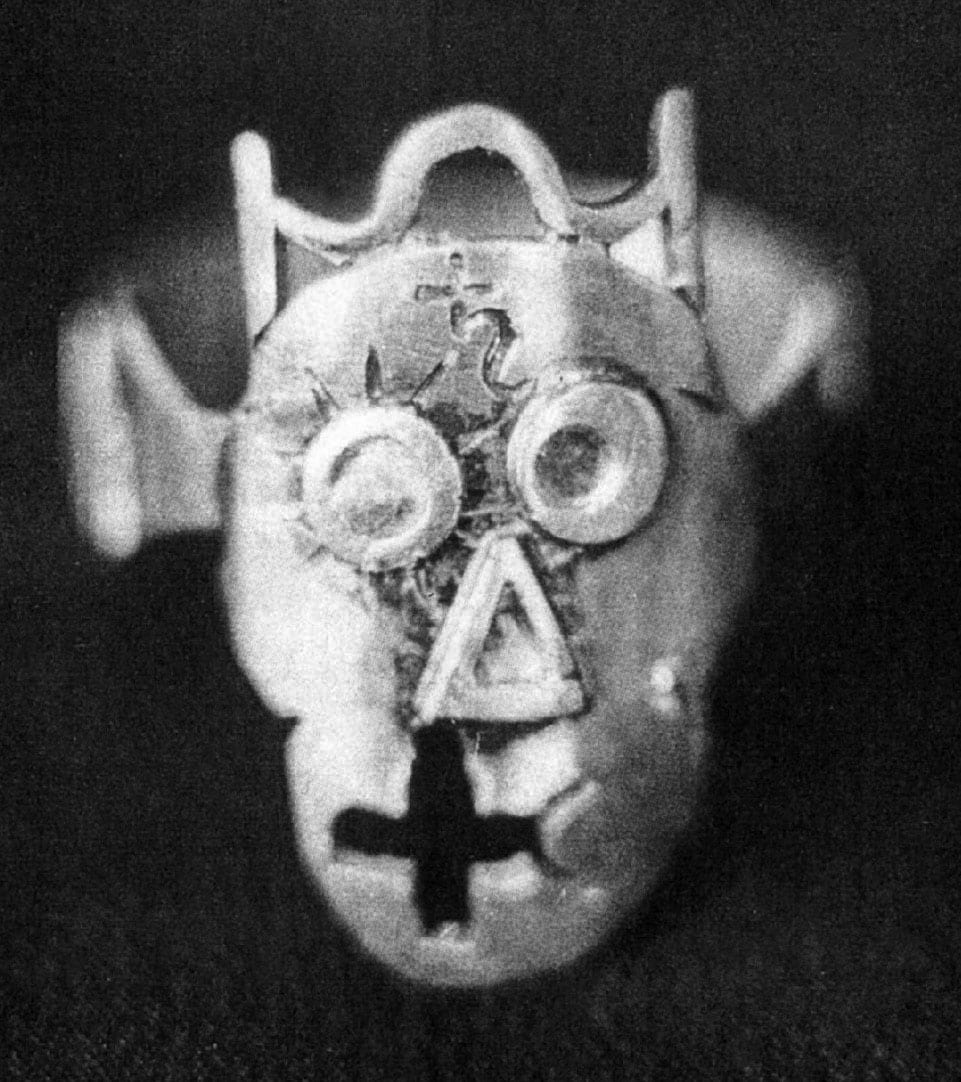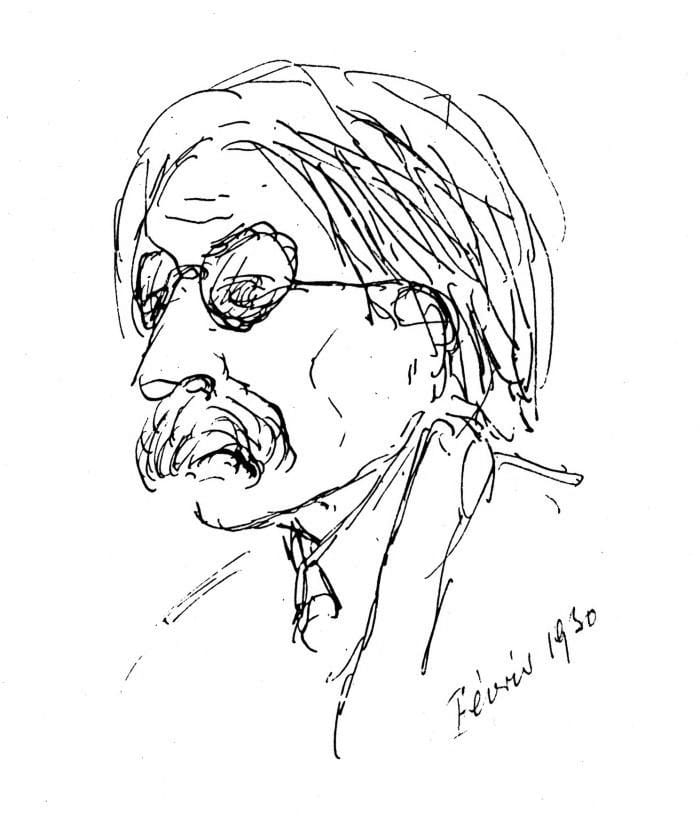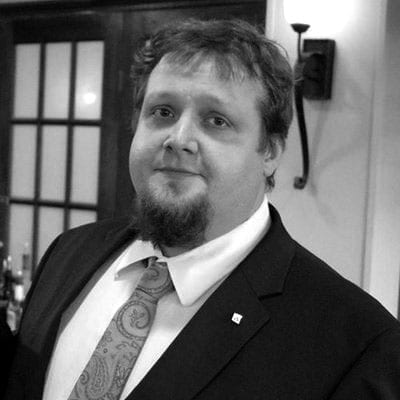AYAHUASCA AND CHAMPAGNE: Entheogenic Alchemy and the Fulcanelli Affair
The following is a sample chapter from P.D. Newman’s book Angel’s in Vermilion: The Philosophers’ Stone From Dee to DMT
During the whole of the French alchemical revival, there is perhaps no phenomenon more alluring than what French occultist, Robert Amadou, called “the Fulcanelli affair.”
The last truly great alchemist, Fulcanelli spoke with ample authority on an already abstruse area of analysis. According to Dan Merkur, a faculty member of the Toronto Institute for Contemporary Psychoanalysis and visiting scholar in the Department for the Study of Religion at the University of Toronto, Fulcanelli’s debut effort, Le Mystère des Cathédrales, provides one of the few workable recipes for what was once thought to be legitimate alchemical transmutation.
Although, in order to really comprehend the Fulcanelli affair, one must first understand Jean-Julien Champagne and his complex relationship to the French pharmacist, Alexandre Rouhier.
Illustration: Frontispice du Mystère des cathédrales
Top: Jean-Julien Champagne
Left: R.A. Schwaller de Lubicz
A doctor of pharmacology, Rouhier authored an esoteric text, titled De l’Architecture naturelle, before penning his more famous, Le peyotl: la plante qui fait les yeux emerveilles, a monograph on “the plant that ‘makes astonished eyes’: peyote,” in 1926, the same year that Le Mystère des Cathédrales debuted. Cultural historian, Mike Jay, writes in his book, Mescaline: A Global History of the First Psychedelic,
“Rouhier practiced in Lyon and had for some years been growing peyote in the hills above the Cote d’Azur. His book drew together his extensive researches […] on peyote’s botany, alkaloid chemistry, history, ethnography and medical properties.
[Rouhier] had produced and sold by mail order his own ‘Panpeyotl’ preparation, an alcohol and chloroform tincture of the alkaloids from dried buttons grown in his Cote d’Azur nursery…”
Being a practicing alchemist who prepared and sold his own peyote tinctures, Rouhier predictably held a keen interest in all known psychedelic plants.
In an earlier paper, for example, Rouhier listed peyote among a number of species purported to provide its users with psychic powers. This “hierobotany” or “divinatory palaeo-pharmacy,” as Rouhier called it, included entheogens as diverse as cannabis, opium, coca, the LSA-rich seeds of the morning glory, and, significantly, even the Amazonian jungle brew, ayahuasca or yagé.
In fact, in 1924, Rouhier published a separate paper, titled Le Yajé: Plante Télépathique, which solely concerned the purported telepathy induced by this DMT-containing jungle brew. Thus, a whole two years prior to the initial publication of Le Mystère des Cathédrales, Rouhier demonstrated a quaint familiarity with ayahuasca and the effects of DMT.
Importantly, both Champagne and Rouhier were bound to an obscure French secret society, known as Tres Haut Lunaire or Le Grand Lunaire, “the Great Lunary,” whose habit it was to meet near the dolmen in the Meudon woods, under a full moon.
Indeed, according to some sources, Champagne was the very leader of the sect. Allegedly devoted to “black and satanic magic,” according to former Trappist monk, Raoul Guyader:
“The Black Pope of the sect is, like the other officials, an alchemist. [Initiates] assemble in the main occultum, on rue Chapon, precisely in the Saint-Merri parish. The room is hung with red. The Baphomet grimaces behind red curtains. In a cage, toads, satanic beasts. There the supreme teachings are delivered…”
Whatever dark rites and arcane rituals this reportedly nefarious cult worked, we can have little doubt that they involved the ceremonial use of one or more entheogenic plants, including peyote and, very possibly, ayahuasca or DMT.
According to multiple sources, Champagne was himself no stranger to inebriation. In addition to a pronounced fondness for absinthe, Champagne was said to have always had in his possession a small, metal box, allegedly filled with galbanum but likely containing something different entirely, which he was wont to ‘sniff’ on a regular basis for the purpose of inducing astral “visions.”
According to French alchemist, Patrick Rivière, author of Fulcanelli: His True Identity Revealed, galbanum refers to “a bitter aromatic gum resin from an Asiatic plant (Ferula galbaniflua) or any of several related plants used in incense and medicinally,” a description which cannabis historian, Chris Bennett, notes in his master study, Liber 420: Cannabis, Magickal Herbs and the Occult, could encompass any number of other psychoactive resins, including hashish.
Given his relationship with ‘hierobotanist’ and ‘divinatory palaeo-pharmacist,’ Dr. Alexandre Rouhier, there really is no telling what was secreted away inside Champagne’s small metal box.
Fucanelli’s faithful student, Eugène Léon Canseliet, who wrote the preface for both his master’s famous works, Mystère des Cathédrales and Les Demeures Philosophales, too was aware of the role that hallucinogenic drugs have to play in the royal art. The reader is directed to Canseliet’s own ‘remarks on the proposition of drugs in alchemy,’ Osservazioni alchemiche a propositio della droga, published in Bailly and Guimard’s 1979 study, L’esperienza allucinogena. Also, it is worth at least noting that Canseliet himself was apparently sometimes subject to strange, unexplained visions.
“One morning, Canseliet descended the staircase to the bottom of the turret and, while standing in an archway that opened onto the courtyard, was approached by three women wearing long, flowing, sixteenth-century styled dresses. As the women walked by, one of them turned, looked at him, smiled, turned away, and walked on. Canseliet was stunned – the face of the woman was that of Fulcanelli! Canseliet eventually returned to France with only a vague, dream-like recollection of the events.”
As Schwaller’s famous sketch of Fulcanelli from 1930 shows, the face which Canseliet saw was likely in truth none other than that of Jean-Julien Champagne.
In any case, along with Rouhier, Champagne’s ‘palaeo-pharmacist’ colleague, in the rituals enacted by Le Grand Lunaire, behind the closed red curtains of the Saint-Merri parish, “near the dolmen in the Meudon woods, under a full moon,” we can be certain that the mysterious man ultimately behind the Fulcanelli myth, whether it was under the spell of mescaline or DMT, experienced the full, illuminating potential of entheogenic revelation.
Works Cited
Bennett, Chris. Liber 420: Cannabis, Magickal Herbs and the Occult. TrineDay. Waterville, OR. 2018.
Dubois, Genevieve. Fulcanelli and the Alchemical Revival: The Man Behind the Mystery of the Cathedrals. Destiny Books. Rochester, VE. 2006.
Jay, Mike. Mescaline: A Global History of the First Psychedelic. Yale University Press. New Haven, CT. 2019.
Riviére, Patrick. Fulcanelli: His True Identity Revealed. Red Pill Press. Canada. 2006.
Smith, Patrick J. “Sample Article on the Fulcanelli Mystery.” Lukpac.org. http://lukpac.org/~handmade/patio/misc/fulcanelli.html. Accessed Oct. 26, 2020.
